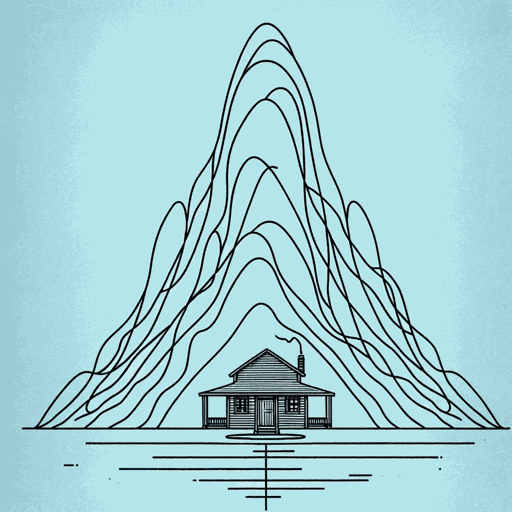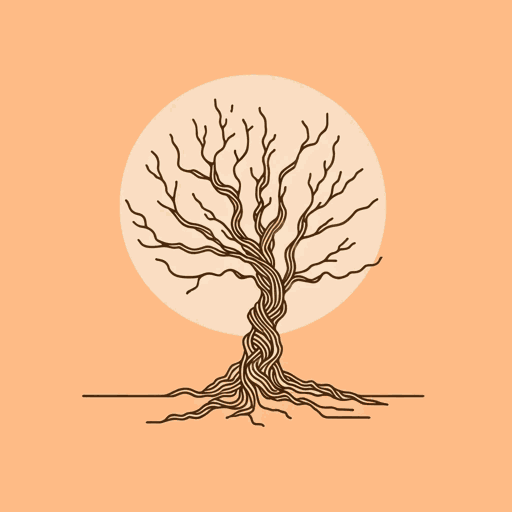19 pages • 38 minutes read
Derek WalcottRuins of a Great House
Fiction | Poem | Adult | Published in 1953A modern alternative to SparkNotes and CliffsNotes, SuperSummary offers high-quality Study Guides with detailed chapter summaries and analysis of major themes, characters, and more.
Background
Historical Context
Since Christopher Columbus’s arrival in the Americas in 1492, the Caribbean has been a major hot spot of colonization for European powers. Before the Spanish conquest, the Caribbean Islands were home to multiple indigenous communities effectively wiped out by violence and disease due to European contact. Over five hundred years of foreign colonization and rule have created many unique Caribbean cultures and a problematic relationship with their history. The colonization of Caribbean Islands entailed the exploitation and enslavement of Africans brought to the Caribbean via the Atlantic Slave Trade. Colonial settlers established gold mines, and later, large plantations to produce various goods like sugar, a highly profitable luxury item in Europe. This meant that colonizers could amass massive wealth and build great estates like the one featured in “Ruins of a Great House.” Many Caribbean islands were traded back and forth between nations for hundreds of years, leading to a rich, vibrant, but complicated culture with a dark history of slavery, oppression, and violence. Old manors crumbling into ruin like in “Ruins of a Great House” are relics from a time when white Europeans profited from the exploitation of African and indigenous peoples in the Caribbean.
Slowly, Caribbean nations gained sovereignty in the twentieth century, but they remain scarred by the effects of colonization and slavery.
Related Titles
By Derek Walcott

A Careful Passion
Derek Walcott

Adam's Song
Derek Walcott

A Far Cry From Africa
Derek Walcott

Dream on Monkey Mountain
Derek Walcott

Love After Love
Derek Walcott

Midsummer XXVII
Derek Walcott

Omeros
Derek Walcott

Pantomime
Derek Walcott

Sabbaths, WI
Derek Walcott

The Almond Trees
Derek Walcott

The Flock
Derek Walcott

The Schooner Flight
Derek Walcott

To Return To The Trees
Derek Walcott

